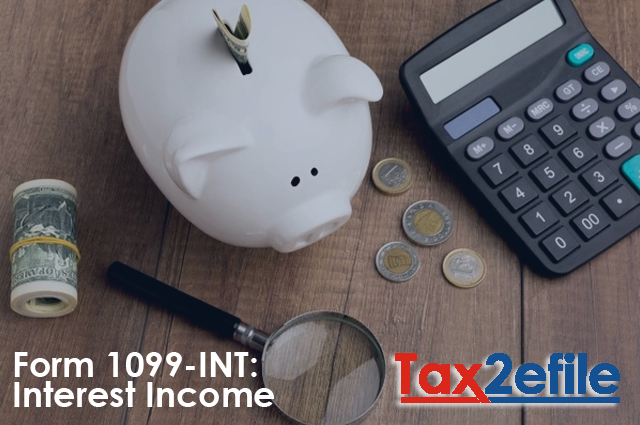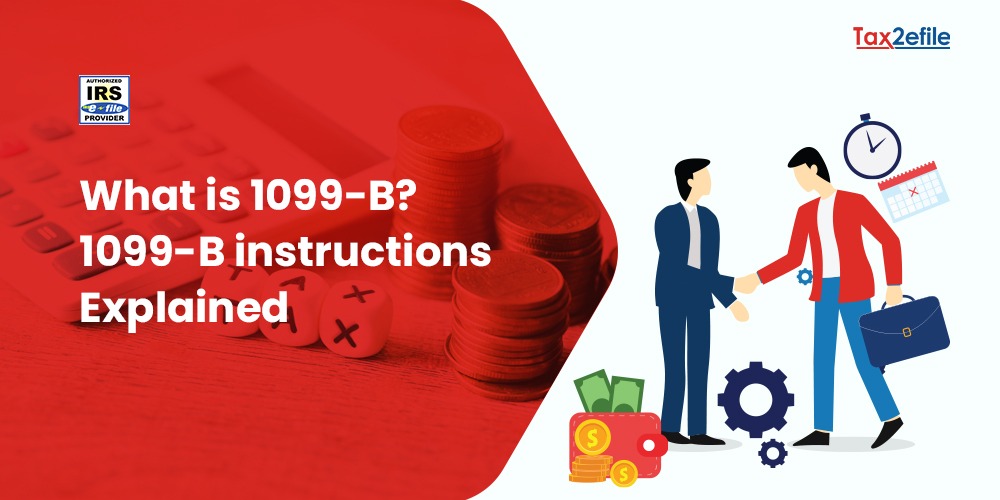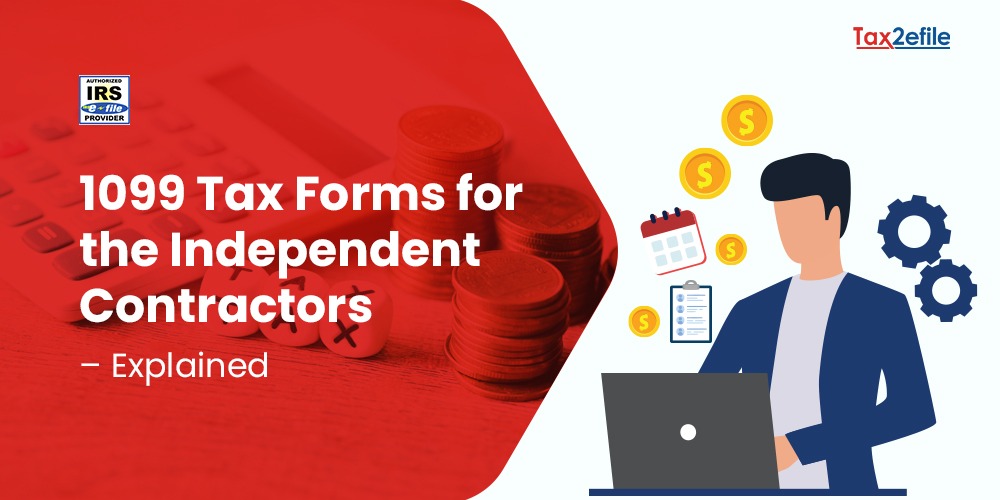- December 3, 2021

The Form 1099- INT is the IRS Form that is used to report interest income. The Form 1099- INT stands as a record that a financial institution paid interest to you. If you have earned more than $10 as interest from any bank, then you are obliged to receive Form 1099- INT. It stands as a record that states that a third party, who is not your employer, paid you interest. As the bank or financial institution paid interest on the savings, you will have to report this income to the IRS. As this form comprises your TIN and social security number, the IRS will know that you have received interest and it will levy a fine, if you don’t report this income on the tax return.
Table of Contents
What is Form 1099-INT used for?
People use this Form to learn the income that they have received during the tax year and to also understand what type of income it was. If you received this Form from the bank or any financial institution, then it means you have investments that earned interest. Taxpayers should report the interest payments that were made in the course of their business or trade. Brokerage firms, banks, and other financial institutions use Form 1099-INT on the interest of over $10, that they have paid during the tax year. It is mandatory to complete the form and report it to the IRS by January 31st.
Who should file Form 1099- INT?
File Form 1099-INT for each individual to whom,
- You have paid at least $10 or interest.
- Have received interest of $600 or above in the course of trade or business.
- To whom you paid foreign tax or interest
- From whom you withheld any federal income tax, under the backup withholding rules, regardless of the amount of payment.
Form 1099- INT filing instructions:
Box 1: Enter taxable interest of $10 or more that is paid to a person’s account for savings accounts or for loans, or for mutual fund investments. Interest on bank deposits should be included. Accumulated dividends paid by life insurance companies should be included. Do not include interest on tax-free covenant bonds or dividends from money market funds.
Box 2: Refers to early withdrawal penalty. In this box, enter interest or principle that has forfeited owing to an early withdrawal of term deposits.
Box 3: Report interest that is earned on the US saving bonds and treasury obligations.
Box 4: This box is meant for federal income tax withheld, and you have to report all backup withholding in this box.
Box 5: Corresponds to investment expenses and this amount is not deductible.
Box 6: Enter the foreign tax paid on interest in this box. This amount has to be paid in US dollars.
Box 7: Enter the name of the foreign country or the US possession for which the tax was paid and was reported in box 6.
Box 8: Enter the tax-exempt interest that is $10 or more and is paid to the person’s account, if the interest is paid on obligations issued by a state.
Box 9: Enter interest of $10 or more received from special private activity bonds.
Box 10: Corresponds to market discounts.
Box 11: Bond Premium for security acquired at a premium.
Follow the above instructions while filing the 1099 INT Form to the IRS.


